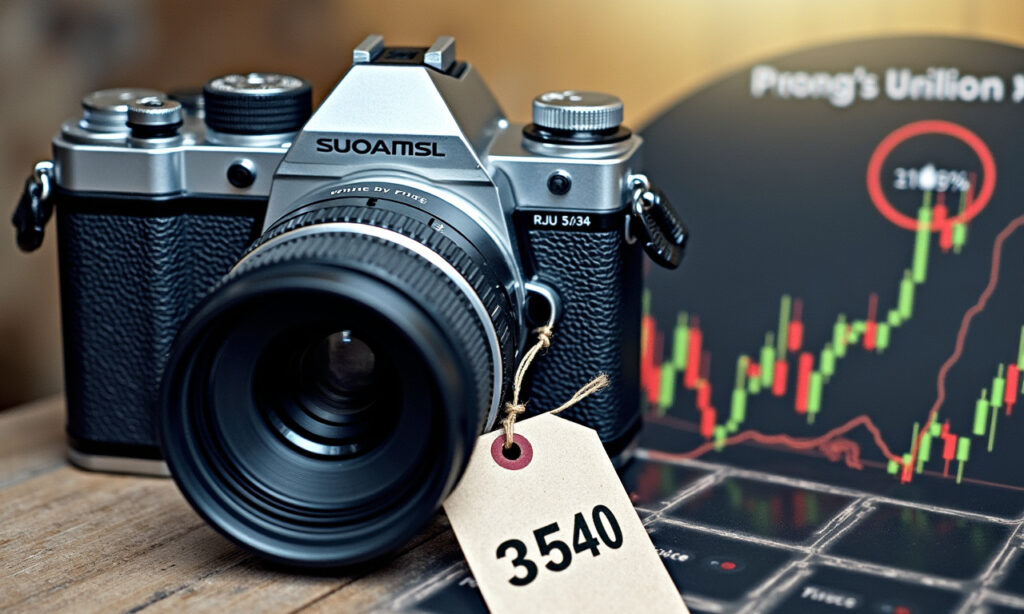The world of photography is bracing for a significant price shock as new tariffs threaten to drive up the cost of camera equipment, particularly for products from Japanese manufacturers like Canon. Here’s a breakdown of what’s happening and what it means for photographers.
The Tariff Landscape
The latest round of tariffs announced by the US government includes a 24% levy on imports from Japan, which is where most of Canon’s cameras and lenses are manufactured. This move is part of a broader set of global “reciprocal tariffs” aimed at rebalancing trade imbalances, but it comes with a steep price for consumers[2][3][5].
Impact on Canon Prices
Canon has already announced a second wave of price hikes in the UK, with a 10% increase set to take effect due to currency fluctuations. However, the situation in the US is more acute due to the tariffs. Planned price drops for the Canon EOS R7 and EOS R10 have been canceled, and existing prices are likely to rise significantly[2][5].
Global Price Disparities
The geographical variances in pricing are becoming more pronounced. While price drops for the EOS R7 and EOS R10 are still on track in the UK and EU, US consumers will miss out on these discounts. This disparity highlights the complex and region-specific nature of the tariff impact[3].
Broader Industry Implications
It’s not just Canon that will feel the pinch. Other camera manufacturers, such as Nikon and Sony, also face significant tariff increases based on their manufacturing locations. Nikon’s mid-range equipment, made in Thailand, is subject to a 36% tariff, while Sony’s gear from Thailand and China faces similar increases[3][5].
Used Camera Market
As new camera prices rise, the used camera market is expected to see a surge in prices as well. With fewer new cameras available at affordable prices, bargain hunters will turn to pre-owned equipment, driving up demand and, consequently, prices. This could be a challenging time for photographers looking to upgrade or buy new gear[3].
User Experience and Market Dynamics
The tariff-induced price hikes will likely alter consumer behavior. Professionals and hobbyists alike may delay purchases or explore alternative options such as renting equipment or buying used. The perception that phone cameras are “good enough” might also gain traction, potentially reducing overall camera sales[3].
Potential Market Shifts
There’s speculation about whether these tariffs could lead to a revival of the US camera industry, as manufacturers might consider shifting production to avoid the tariffs. However, such a move is complex and would take years to implement. For now, consumers are left to navigate a landscape of rising prices and reduced purchasing power[2][3].
Practical Advice for Photographers
Given the uncertainty, it might be wise for photographers to make their purchases sooner rather than later. Prices are likely to increase once current inventories are depleted, and the used market may not offer the same value it does today. Keeping an eye on pre-order prices and taking advantage of any remaining discounts could be a savvy move[2][4].
As the tariff landscape continues to evolve, one thing is clear: the cost of camera gear is about to increase significantly. Whether you’re a professional photographer or an enthusiast, it’s time to prepare for a more expensive future in the world of photography.
